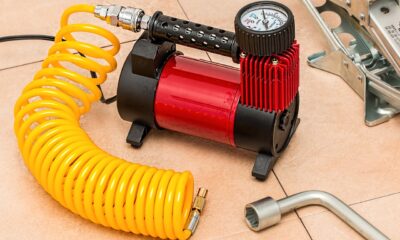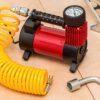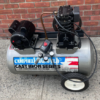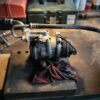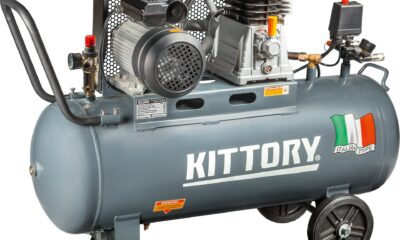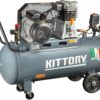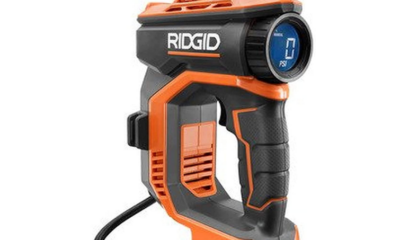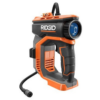Are you trying to figure out where to install a water separator on an air compressor? Want to understand how a water separator works and why it’s crucial for your compressed air system? This guide will take you through the importance, functioning, and installation of a water separator, ensuring your air compressor operates efficiently. Let’s get started!
Choosing the Ideal Location for Installation
The optimal installation spot for a water separator is downstream from the compressor on its discharge line, close to the compressor itself. This positioning leverages gravity, facilitating the draining of water into the compressor tank, and assists in preventing condensate from entering the airstream.
If feasible, the compressed air system can be set up outdoors, given you follow certain precautions. For instance, you should provide shelter to prevent rainwater leakage into the equipment’s electrical cabinet. Also, ensure the compressor isn’t too close to the edge of the roof to avoid water ingestion, which can cause serious damage. The equipment should be protected by a minimum of NEMA 3R enclosures to protect it from falling water and dirt.
Understanding the Job of a Water Separator
A water separator, as the name suggests, separates moisture from the air in your compressed air system. It is a crucial device that prevents any moisture and solid particles like dust from entering, ensuring a supply of clean air.
How Does a Water Separator Work?
- The air inside your compressor tank moves into the water separator’s cap.
- The cap’s design directs the passage of air to the separator bowl.
- The compressor’s power forces the air in a tight, spinning path inside the bowl, effectively tossing out any moisture and solid particles.
- The debris drains down to the bowl’s bottom, where a barrier prevents it from mixing back with the air.
- Auto drains help empty the separator bowl, negating the need for manual draining.
Potential Consequences of Not Installing a Water Separator
If you do not install an oil-water separator, your compressed air system may spray water molecules, contaminate the process, and even potentially block the compressor. It could also cause damage to the internal components of your air compressor tools and reduce the system’s overall reliability.
Choosing the Right Water-Oil Separator Size for Your Air Compressor System
The size of the separator should be based on the system’s maximum air flow (CFM). Higher CFM will produce more condensate and require more filtration. Your choice may depend on the filtration system’s environmental conditions, as the filter’s oil absorb rate and condensate flow capacity may vary with temperature.
Takeaway
The installation of a water separator on an air compressor is an integral process for maintaining the quality and reliability of your compressed air system. By carefully choosing the ideal installation location and ensuring the separator is the correct size for your system, you can ensure optimal performance and prevent issues related to water and dirt contamination.
FAQs
- How far should the water separator be from the air compressor? The ideal distance for a water separator from an air compressor can vary depending on the specific setup and compressor type. While it’s a common belief to keep the water separator as far as possible from the compressor, a general rule of thumb is to place it at a distance that allows the air to cool sufficiently. This cooling helps in condensing the moisture before it reaches the separator. Typically, a few feet away is a good starting point, but you may need to adjust based on your system’s performance.
- How far should the water filter be from an air compressor?When installing a water filter in an air compressor system, it should be placed as close as possible to the point of use, yet as far away from the compressor and any aftercoolers as practicable. This positioning is essential because it ensures that the air has cooled enough for the moisture to condense, which the filter can then effectively remove. Always ensure the installation aligns with the direction of airflow as indicated by arrows on the system.
- Does my air compressor need a water separator? Yes, incorporating a water separator in your air compressor system is crucial, especially in applications that are sensitive to moisture. In addition to improving the efficiency and lifespan of the machine, having an oil/water separator is often a requirement by regulatory bodies like the Environmental Protection Agency (EPA). Neglecting to install an oil/water separator can not only reduce the performance of your air compressor but may also lead to substantial fines due to non-compliance with environmental regulations. Therefore, it’s advisable to install a water separator to ensure both operational efficiency and regulatory compliance.















